Every parent wants their child to succeed when learning a new language. But here’s the thing: language learning comes with some brutal truths that most people overlook. Olly Richards, a well-known language learning expert, lays these out clearly in one of his videos. They resonated with me so much that I decided to share my take on some of them—especially through the lens of what it takes for children to truly become fluent in Shona.
Let’s get real about what it actually takes.
1. Language learning is hard
Learning a language is like learning the piano, swimming, or any skill that demands consistent practice. If you’ve ever had a child in music lessons or swimming classes, you know how much dedication it requires—from both the child and the parent.
No world-class swimmer ever got there without years of daily effort. Language learning is the same. Tips and shortcuts can help, but in the end, it comes down to hard work.
So as a parent, the question is: What are we—my child and I—going to do to give this the best shot?
Part of the hard work involves daily reading. And because I saw how hard it was to access Shona reading resources, I created a digital library of children’s stories. It allows children to put in the hard work without excuses. It also gives parents the chance to be just as involved.
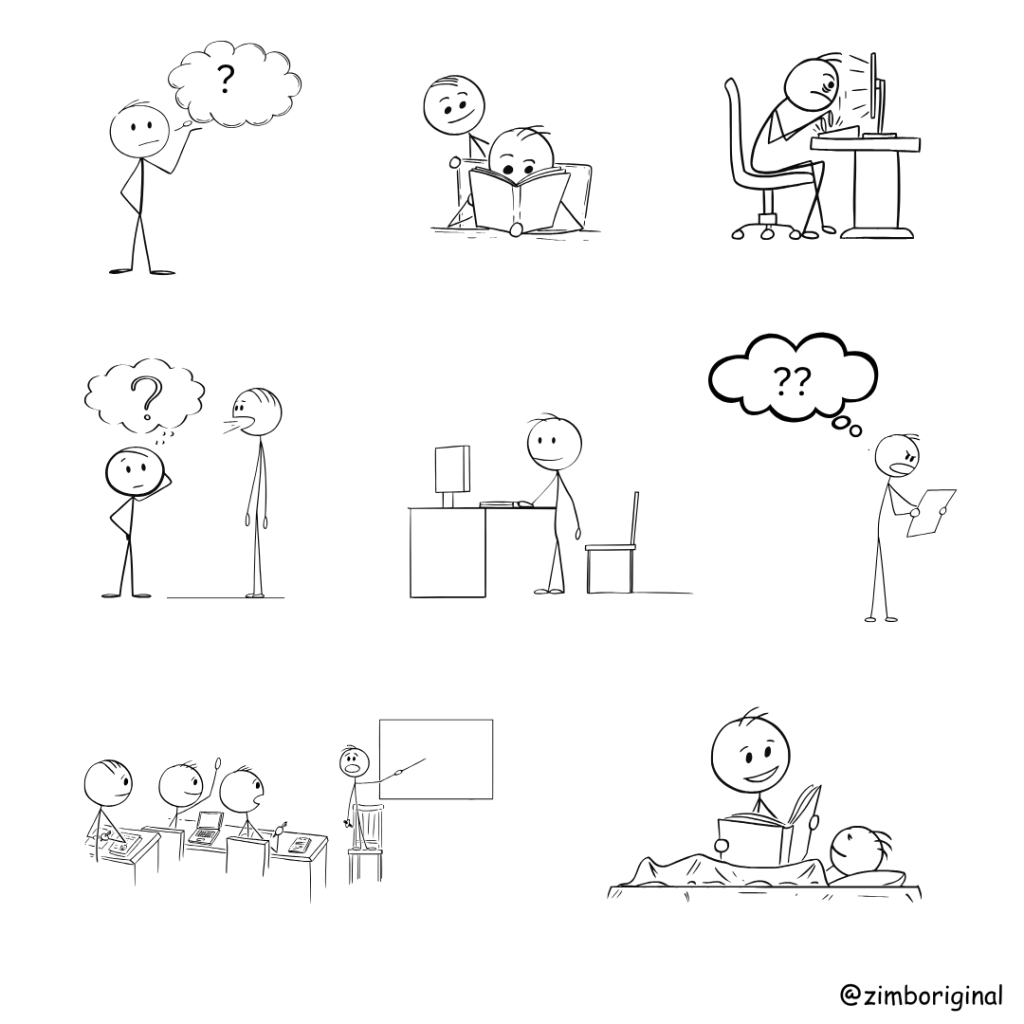
2. Without a reason to learn, it’s hard to stay on course
Every successful language learner has a strong reason that keeps them going. Without a clear ‘why,’ motivation slowly dies.
For families living outside Zimbabwe, that reason might be preparing for a trip back home. You can imagine their joy in talking naturally with grandparents and cousins. Or it could be sitting for their Grade 7 Shona exam with confidence, and actually passing.
It’s like school: when you know exams are coming, your focus and effort sharpen as the date approaches. Language learning is the same. A clear goal gives your child something to work toward, even when it feels tough.
3. You become your best by showing up consistently
This goes hand in hand with the first point. Practising regularly and reliably, which can feel demanding, is the foundation of language learning. It doesn’t mean long study sessions; it means weaving Shona into everyday life through short, regular activities.
Think about swimming or piano: those who become very good are known for their consistency, putting in time daily, even if just for a few minutes. Small, steady effort beats long, irregular bursts.
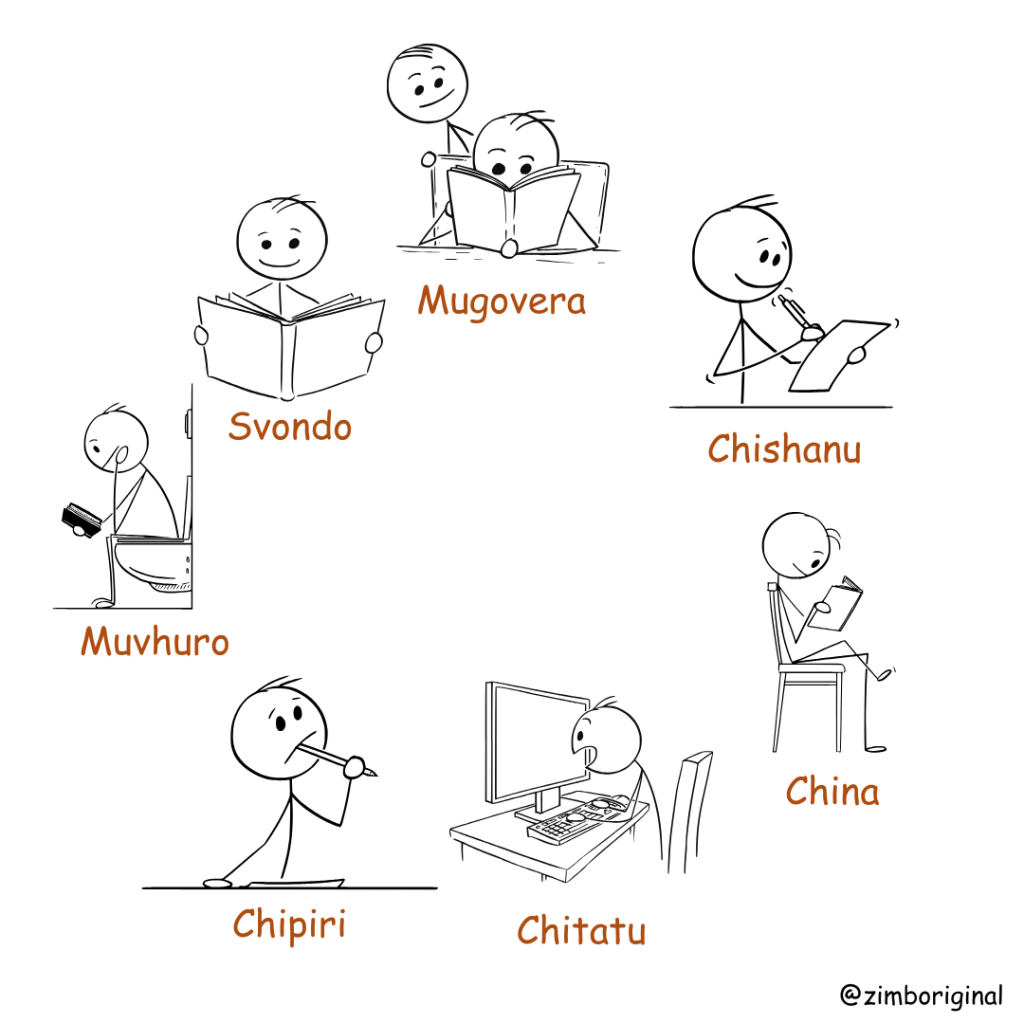
That’s why my library makes it easy for children to build a habit through daily story reading and practice. Over time, those small steps add up to something much bigger.
4. You must speak with real people
Language is practical. This means it only sticks when you use it with real people. My daughter studied Portuguese for seven years in primary school, but because it stayed on the page and was never spoken, she walked away with almost nothing.
Don’t let Shona be the same for your child. Use it at home. Talk with them, even in simple sentences.
Language must move beyond ‘lesson mode’ and into daily life. The more children experience Shona in natural conversation, the more it becomes their language.
5. Language is never straightforward
Every language has its quirks. Rules exist—but they’re often bent or broken. I see this all the time when teaching Shona. I’ll explain a rule, then realize it doesn’t quite fit in another context.
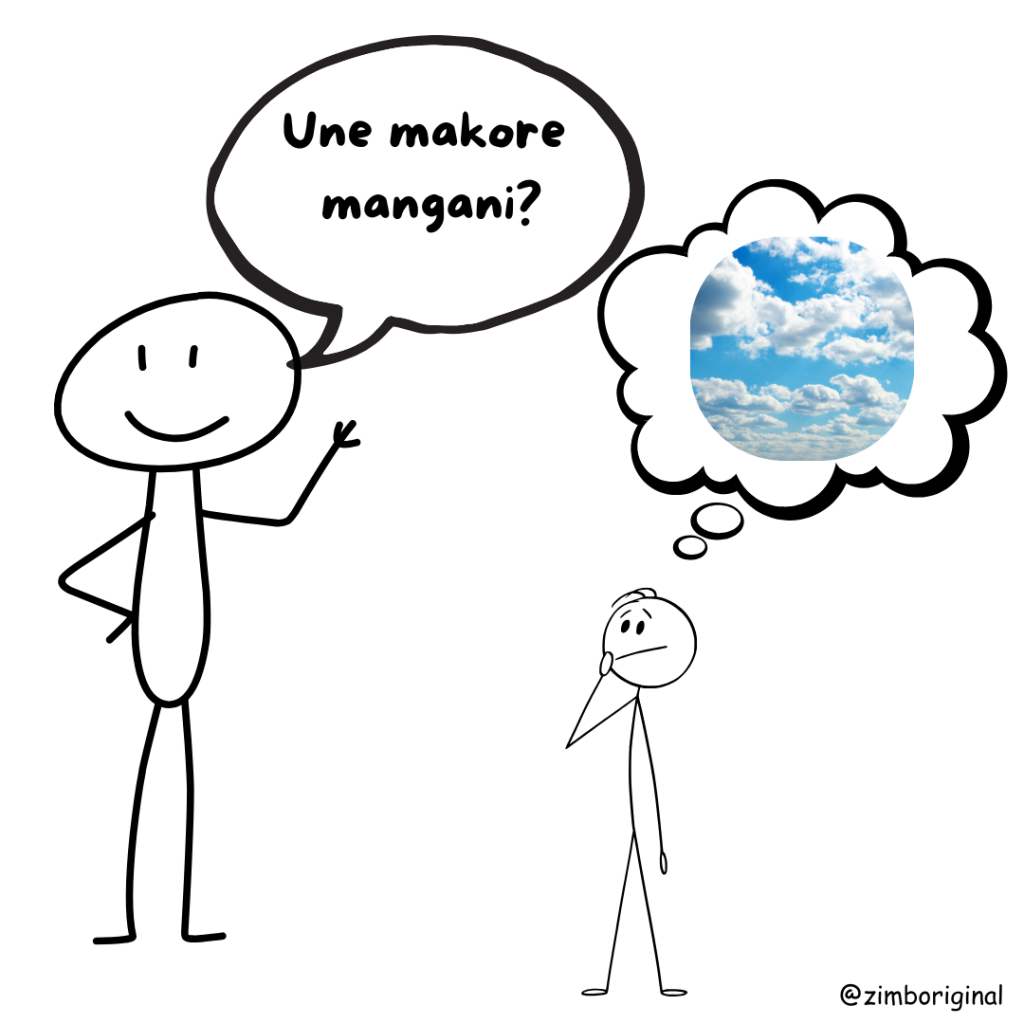
That’s why context is so powerful. Stories give children repeated exposure to real, natural use of Shona. Over time, they begin to absorb nuances that no grammar chart could fully explain. They learn not just the ‘rules,’ but how the language really sounds and feels in real life.
6. Mistakes are part of the process
Many learners fear mistakes, but mistakes are the learning process. Think of how children learn to speak their first language: they mix up tenses, words, and structures—but that’s how they improve.
What matters most is creating a safe space. A child won’t thrive if they feel laughed at or judged. Encourage mistakes as stepping stones to growth.
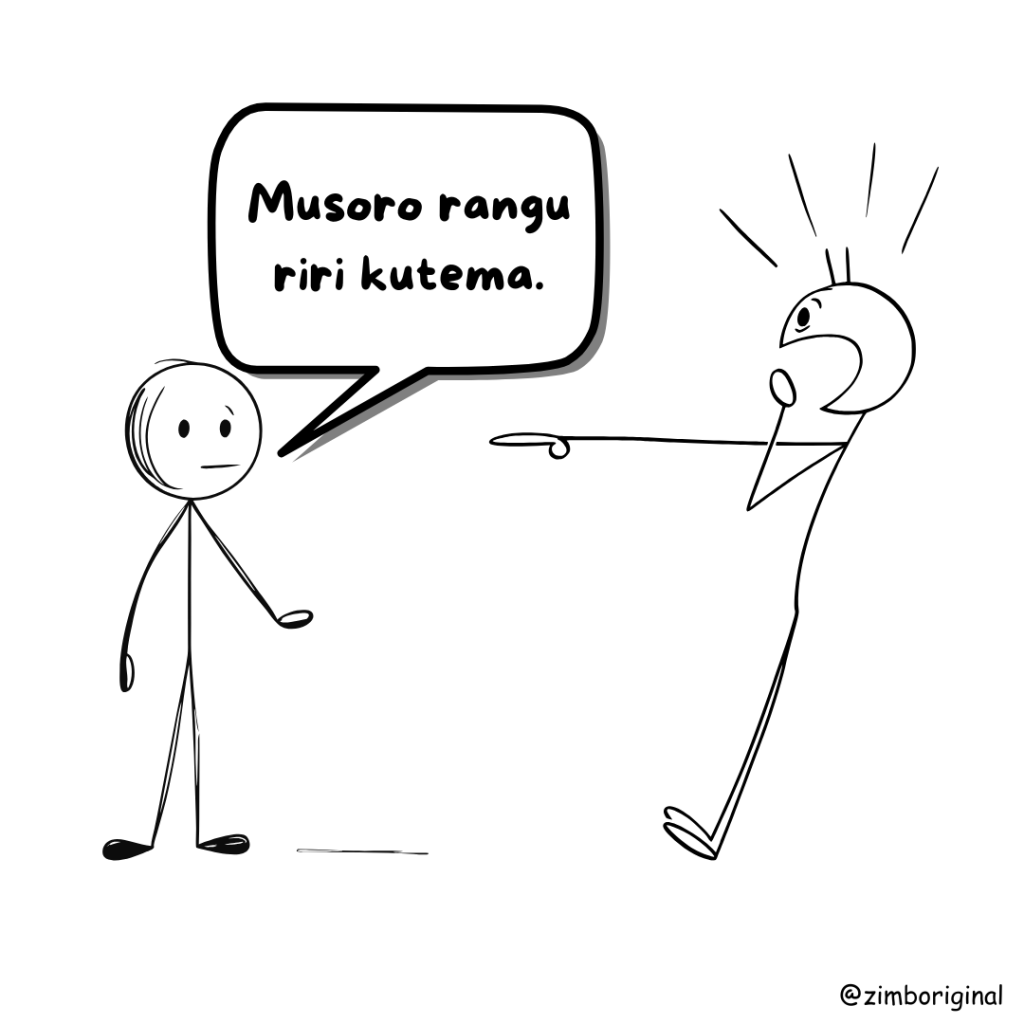
When a child makes mistakes, it’s not a setback, it’s evidence they’re experimenting with the language. And that’s exactly what we want.
7. Input and output both matter
To learn a language, children need both input (listening, reading) and output (speaking, writing). Most children I teach enjoy listening, reading, and even writing—but when it comes to speaking, they hesitate.
That’s why in my 1-on-1 Shona program, I design tasks where learners use the language to solve real-world challenges. Learners might write their own story, send a voice message to a fellow learner, or even make up and sing a song. These aren’t just classroom drills, they’re practical outcomes that make Shona come alive.
And the more children use Shona in meaningful situations, the more their confidence grows.
8. Vocabulary beats grammar
Even with broken grammar, we understand someone if they have enough words. That shows vocabulary is the foundation of communication.
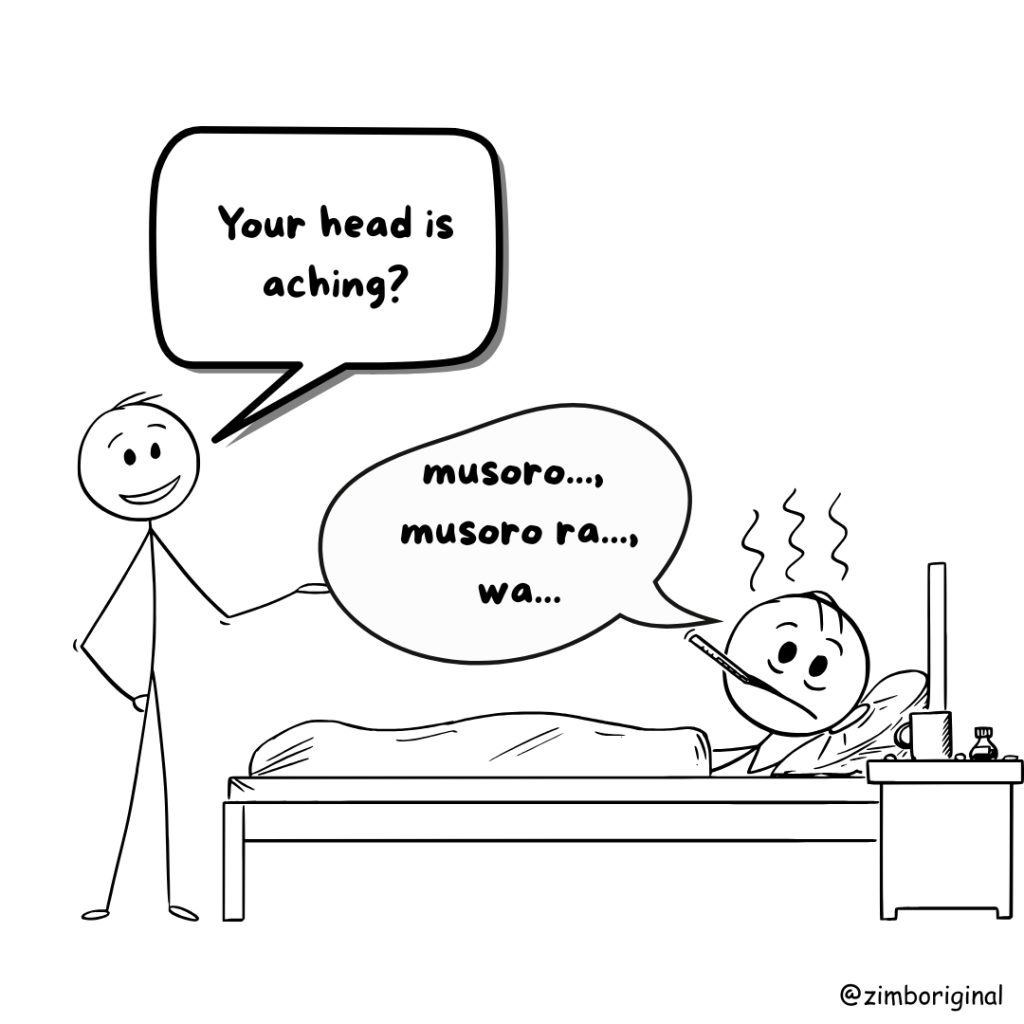
Children naturally start with words first, and grammar improves later. That’s why my first level focuses on word building—helping children say words, use them, and slowly piece together communication. From there, grammar naturally finds its place.
When a child has the words, they have the power to communicate. And that’s the real goal.
The real lesson
If all this sounds like a lot—it’s because it is. Learning Shona (or any language) isn’t easy. But it’s also one of the most rewarding gifts you can give your child: the ability to connect deeply with their roots, their family, and their identity. And honestly, anyone would be proud to speak more than one language.
The good news? You don’t have to do it alone. With the right tools, routines, and support, the journey becomes not only possible, but enjoyable. Resources like my Shona digital library do just that.
So always remember: fluency doesn’t happen overnight. Like every good thing a child accomplishes, language learning takes time, patience, dedication, and commitment.

